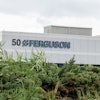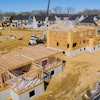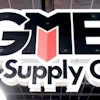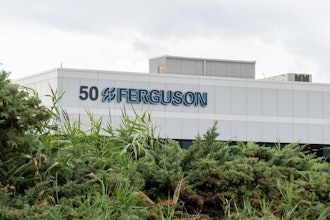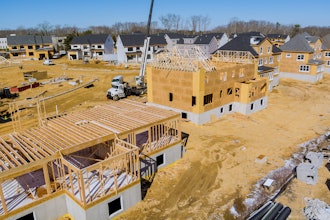WASHINGTON (AP) — A busy month for U.S. automakers lifted overall factory output in July by the most since the Japan crisis. A stronger manufacturing sector is the latest evidence that the economy may not be as weak as some had feared.
The Federal Reserve said Tuesday that factory output increased 0.6 percent last month. That's the biggest increase since the March 11 earthquake in Japan, which disrupted supply chains and limited output by some U.S. auto plants.
The resurgent auto industry accounted for nearly all of the increase in factory production. Motor vehicles and parts jumped 5.2 percent. Excluding that category, factory output grew only 0.2 percent.
Overall industrial production jumped 0.9 percent — the biggest increase this year. Unusually hot weather in July drove demand for energy generated by utilities. Mining output also increased.
Output by factories, mines and utilities has risen nearly 13 percent since a recession low in June 2009. But it remains about 6.5 percent below its pre-recession peak from September 2007.
Stocks opened sharply lower after three days of gains. Investors seemed more focused on a report that showed Germany's economy had stalled, which could slow growth in Europe at a critical time.
Manufacturing had been one of the strongest sectors of the U.S. economy in the two years since the recession officially ended. But in recent months, it has weakened.
Output by factories has grown strongly only once since February. It was revised up to show gains of 0.2 percent in May and June.
Economists had blamed the decline in part on temporary factors. The crisis in Japan caused a parts shortage for some U.S. automakers. High fuel prices left consumers with less money to spend on discretionary goods, such as appliances and furniture.
The July manufacturing data is the latest to show the economy picked up at the start of the July-September quarter after growing at a feeble annual rate of just 0.8 percent during the first half of the year.
Consumers spent more on cars, furniture, electronics and other goods in July, the government said Friday. And a separate report last week showed the number of people who applied for unemployment benefits in the previous week had dropped below 400,000 for the first time since early April.
A brighter outlook for the economy has helped the Dow Jones industrial average to three straight days of triple-digit gains — the biggest three-day rally for the Dow since March 2009. The gains follow a sell-off that pushed the Dow down nearly 16 percent since July 21.
Helping drive stocks higher Monday was a less pessimistic outlook in Japan. The economy there shrank at an annual rate of only 1.3 percent in the April-June quarter, the first full quarter after the earthquake and tsunami on March 11. That's about half the rate expected by analysts surveyed by Kyodo News agency.
A faster recovery for Japan's factories might boost American factories by helping them obtain parts that have been scarce since the earthquake.
The overall industrial production will likely be helped by mining. Employment in mining-related professions has been growing, economists with Bank of America Merrill Lynch said in a research note. They expect that will help boost mining output 5 percent.

